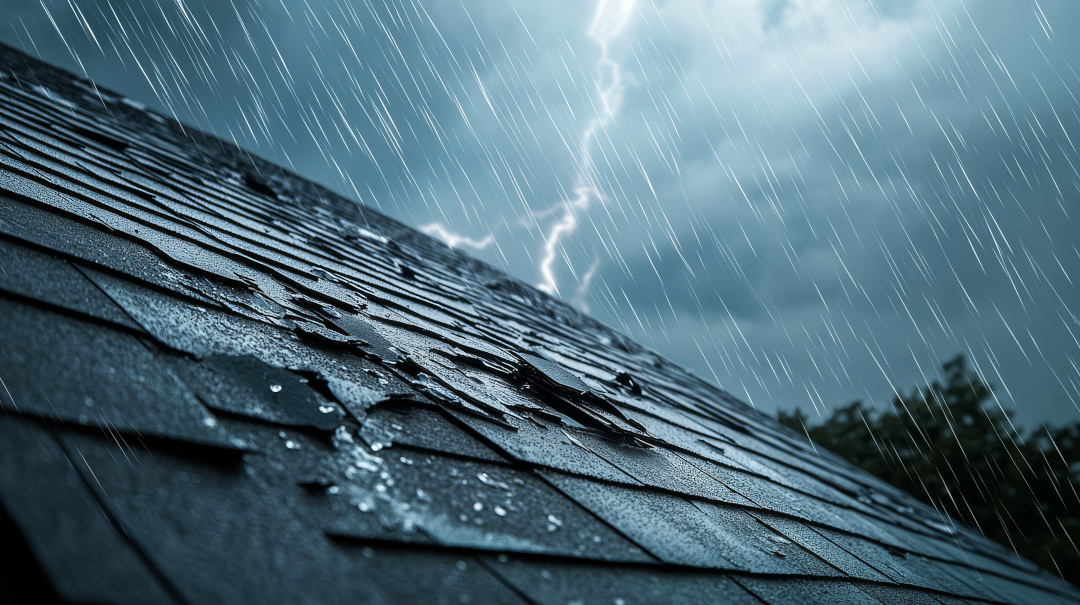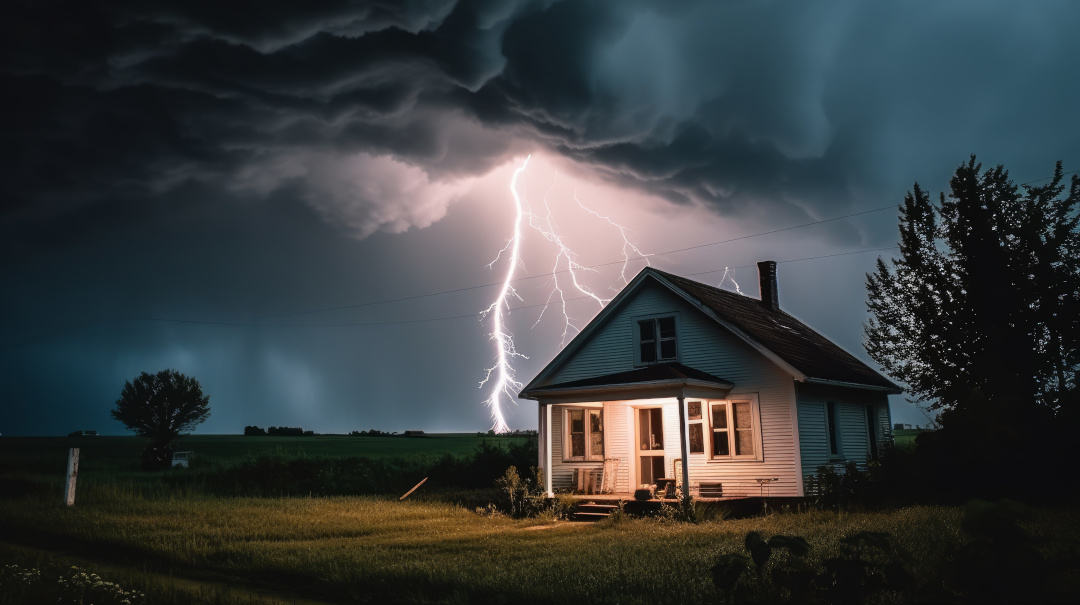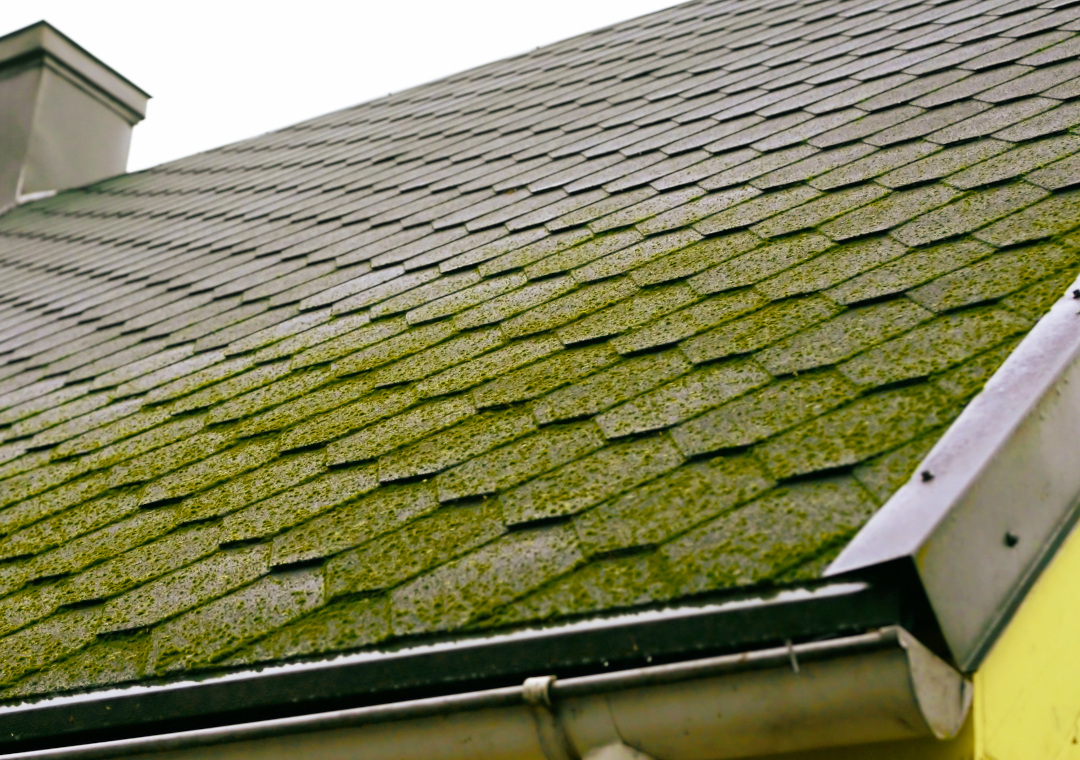
When the weather drives you indoors, your roof is what stands between you and the elements. Because it plays such an essential role in your home, it’s important to keep your roof updated and to replace it when needed.
You need to be able to rely on your roof no matter what storms roll your way. No roof will last forever, and when yours starts showing signs of needing replacement, it may be time to get an inspection.
Getting a roof replacement will both improve the curb appeal of your home and help resolve any issues that arose from the old roof, such as leaks or mold. Now is also the time to make a decision about the type of roofing material you’d like to use. Would you like to try metal or solar roofing instead of shingles? This is your chance!
So, when should you expect to plan for a roof replacement and what will that process look like? Learn what to expect so that you can work with your contractor, save money on your replacement, and have a great experience with your roofing project.
When to Replace Your Roof
Life gets busy, so it can be easy to keep putting off a roof inspection. However, if you wait too long, your old roof may start leaking and cause irreversible water damage inside your home. Don’t delay on roof inspections – if you catch problems before they grow, a simple repair may be all that is needed. Eventually, at a certain age, the expenses of constant repairs become more than the roof is worth. If a new roof is in order, you’ll want to jump on a full replacement right away.
If possible, find out when the roof was installed so that you can make an accurate judgment on when it needs to be replaced. In the meantime, perform regular inspections to ensure it stays in good condition. If there are damaged, sagging, or missing pieces, check with your contractor whether a repair or replacement is your best option. For a general estimate on a replacement roof, use our roof replacement calculator.
Lifespan of Different Materials
The sky is the limit when it comes to materials you can use for your roof! Choosing the right material when replacing your roof is an important decision and can affect its longevity. Depending on the materials and your location, most roofs can last anywhere from 20-50 years. The lifespan of some common roofing materials include:
• Composition Shingles – 12-20 years
• Asphalt Shingles – 15-30 years
• Wood Shingles – 20-25 years
• Solar Shingles – 20-30 years
• Metal Roofs – 50-75 years
These timeframes can all vary based on location and climate.
How Long Will the Replacement Take?
While some roof replacements only take a short amount of time, others may take longer based on different factors that lengthen work time, such as:
• Size of roof
• Complex designs (chimneys, skylights, etc.)
• Materials that need to be preordered
• Poor weather conditions
Prior to installation, there will need to be an inspection of your home’s structure. Then, plan for the delivery of materials to take a few days depending scheduled arrival times.
As the project gets underway, you will need to protect your landscaping, any outdoor possessions, and keep your pets secured at a safe distance. The old roof will be torn off, and next the underlayment, flashing, and new roof will be installed. Trims, gutters, and other extras will bring the whole project together.
Once the project is finished, the debris will need to be cleaned out of your yard, and you will want to confirm with your contractor that the job is completed to your satisfaction.
Are you looking to get a new roof installed or need an inspection to see how your current roof is holding up? Don’t hesitate to reach out to our roofing experts for a free roofing estimate online or call us at 937-298-8664.

Essential Roofing Considerations for Springboro, Ohio Homeowners

The Cost of Neglect: Why Year-Round Roof Maintenance Saves Money

Understanding & Preventing Ice Dams to Protect Your Home

Storm Chasers & Insurance Trends: What Homeowners Need to Know

